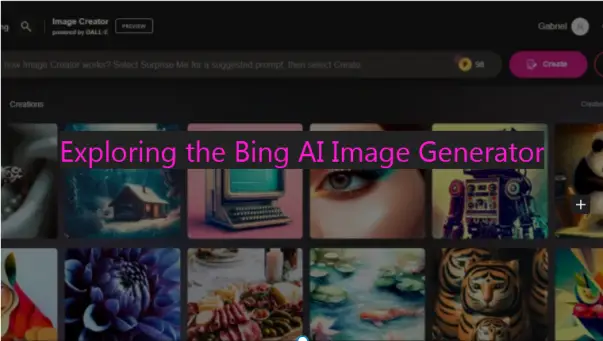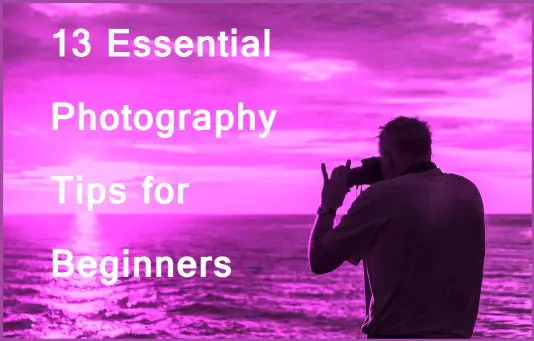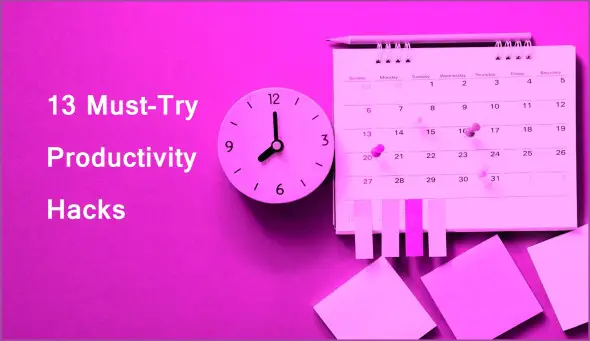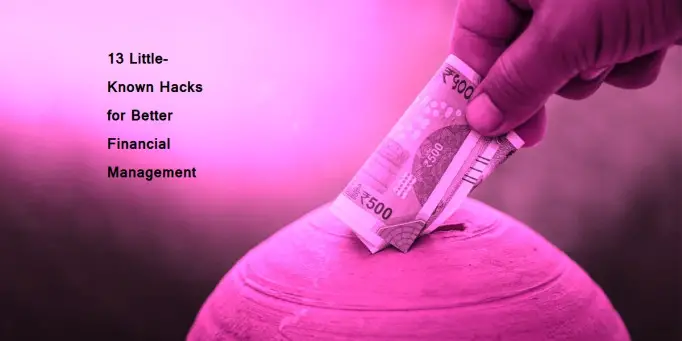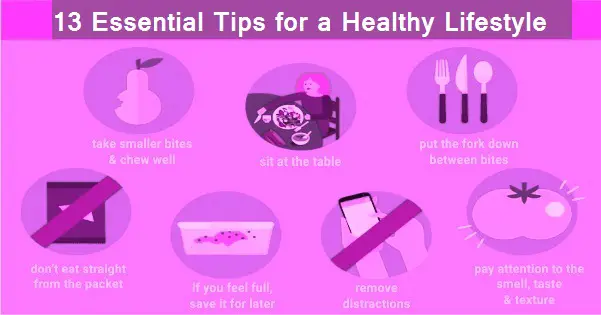A Comprehensive Guide on How to Start a Business in Ontario
How to Start a Business in Ontario Starting a business in Ontario, Canada, is an exciting venture that offers numerous opportunities for entrepreneurs. With a strong economy, diverse markets, and a supportive business environment, Ontario is an ideal location for budding business owners. How to Start a Business in Ontario. In this comprehensive guide, we’ll … Read more


